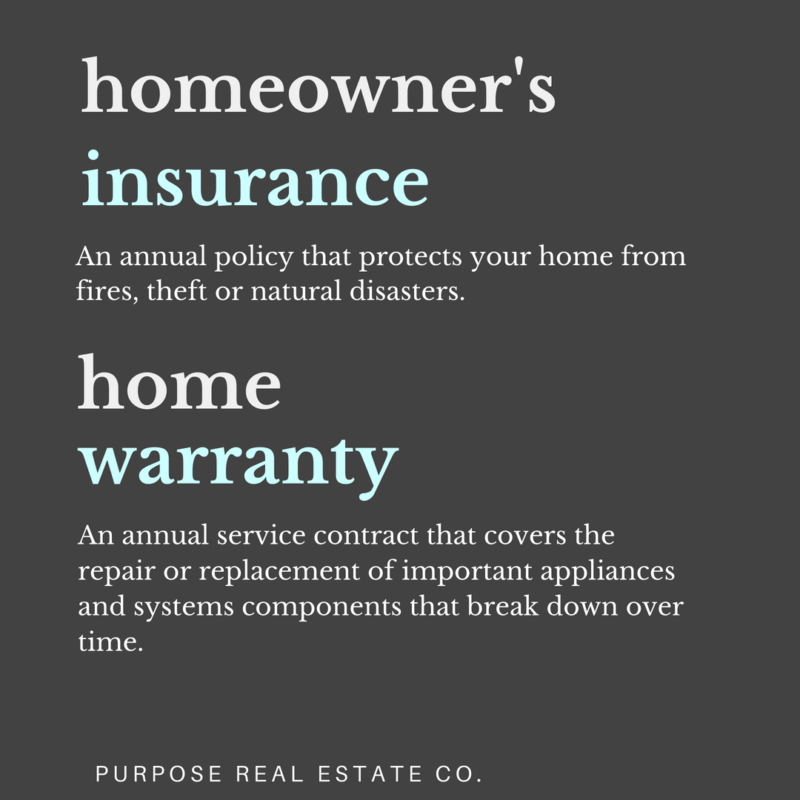The Buzz on Pacific Prime
Wiki Article
How Pacific Prime can Save You Time, Stress, and Money.
Table of ContentsUnknown Facts About Pacific PrimeAll About Pacific PrimeThe Ultimate Guide To Pacific Prime3 Easy Facts About Pacific Prime DescribedSome Ideas on Pacific Prime You Need To Know

This is because the information were collected for a duration of solid economic efficiency. Of the approximated 42 million people who were without insurance, almost concerning 420,000 (regarding 1 percent) were under 65 years old, the age at which most Americans become qualified for Medicare; 32 million were adults in between ages 18 and 65, about 19 percent of all grownups in this age group; and 10 million were youngsters under 18 years of age, concerning 13.9 percent of all children (Mills, 2000).
These price quotes of the number of persons without insurance are produced from the annual March Supplement to the Current Populace Study (CPS), carried out by the Census Bureau. Unless or else kept in mind, nationwide quotes of people without medical insurance and percentages of the populace with various type of protection are based upon the CPS, the most widely utilized source of estimates of insurance coverage and uninsurance prices.
The Main Principles Of Pacific Prime

Still, the CPS is specifically beneficial due to the fact that it produces yearly quotes reasonably rapidly, reporting the previous year's insurance protection estimates each September, and since it is the basis for a consistent set of estimates for more than twenty years, permitting for analysis of trends in coverage over time. For these factors, in addition to the considerable use the CPS in other studies of insurance coverage that are presented in this record, we depend on CPS estimates, with constraints noted.

The estimate of the variety of uninsured people increases when a population's insurance policy status is tracked for numerous years. Over a three-year duration starting early in 1993, 72 million individuals, 29 percent of the united state population, were without coverage for at the very least one month. Within a single year (1994 ), 53 million individuals experienced at the very least a month without insurance coverage (Bennefield, 1998a)
6 out of every 10 uninsured adults are themselves used. Although working does improve the chance that and one's member of the family will have insurance coverage, it is not a warranty. Even participants of family members with 2 full time breadwinner have almost a one-in-ten possibility of being without insurance (9.1 percent uninsured rate) (Hoffman and Pohl, 2000).
Pacific Prime Can Be Fun For Everyone
New immigrants account for a substantial percentage of individuals without health and wellness insurance policy. One analysis has attributed a considerable portion of the current growth in the size of the U.S. without insurance population to immigrants that arrived in the nation between 1994 and 1998 (Camarota and Edwards, 2000). Recent immigrants (those that involved the United States within the past 4 years) do have a high rate of being without insurance (46 percent), however they and their kids account for simply 6 percent of those without insurance nationally (Holahan et al., 2001).The relationship between medical insurance and access to care is well established, as recorded later on in this chapter. Although the connection between health insurance and health end results is neither direct neither simple, a considerable professional and health and wellness solutions research literary works links wellness insurance coverage to better access to care, much better quality, and improved individual and populace health condition.
Degrees of evaluation for examining the results of uninsurance. This conversation of global health insurance health and wellness insurance protection focuses primarily on the united state population under age 65 because basically all Americans 65 and older have Medicare or various other public coverage. It concentrates particularly on those without any kind of health and wellness insurance for any type of size of time.
All About Pacific Prime
The issues dealt with by the underinsured are in some areas comparable to those encountered by the uninsured, although they are typically less extreme. Wellness insurance, nevertheless, is neither essential nor enough to get access to clinical solutions. The independent and direct impact of wellness insurance protection on access to health solutions is well developed.
Others will certainly acquire the wellness treatment they require also without wellness insurance coverage, by paying for it expense or seeking it from carriers that offer care free or at extremely subsidized rates. For still others, medical insurance alone does not make certain receipt of care since of various other nonfinancial barriers, such as an absence of healthcare service providers in their area, minimal access to transport, illiteracy, or linguistic and cultural distinctions.
Some Ideas on Pacific Prime You Should Know
Formal research study regarding without insurance populaces in the USA dates to the late 1920s and very early 1930s when the Committee on the Cost of Healthcare created a series of reports concerning funding physician office check outs and hospital stays. This issue became salient as the numbers of clinically indigent climbed up throughout the Great Clinical depression.Report this wiki page